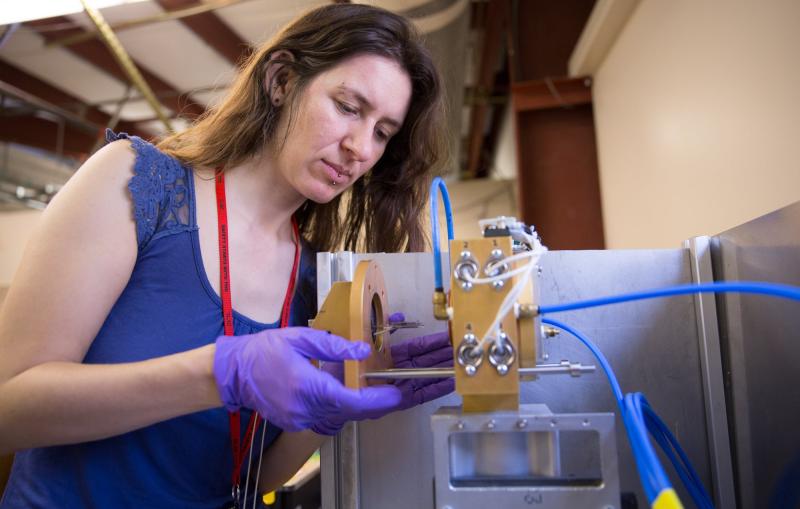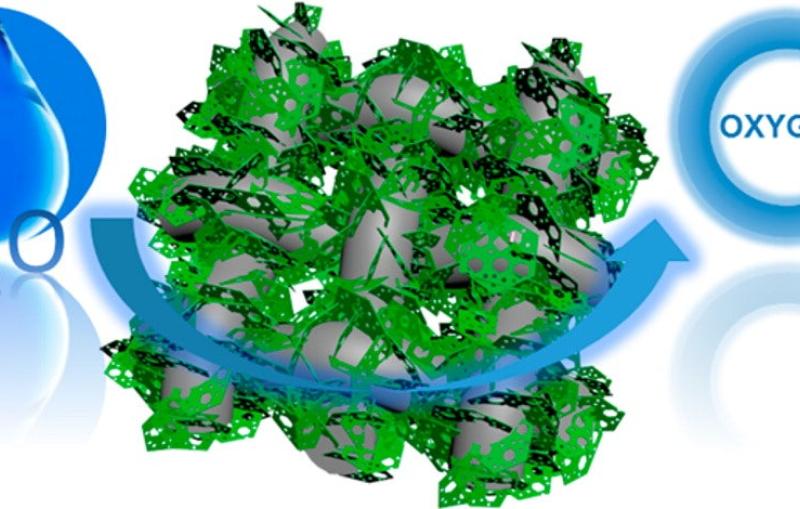

News Feature
VIA Stanford Energy
New Fuel-cell Materials Could Pave the Way for Practical Hydrogen-powered Cars

One of the most urgent challenges of our time is discovering how to generate the energy and products we need sustainably, without compromising the well-being of future generations by depleting limited resources or accelerating climate change. SLAC pursues this goal on many levels.


